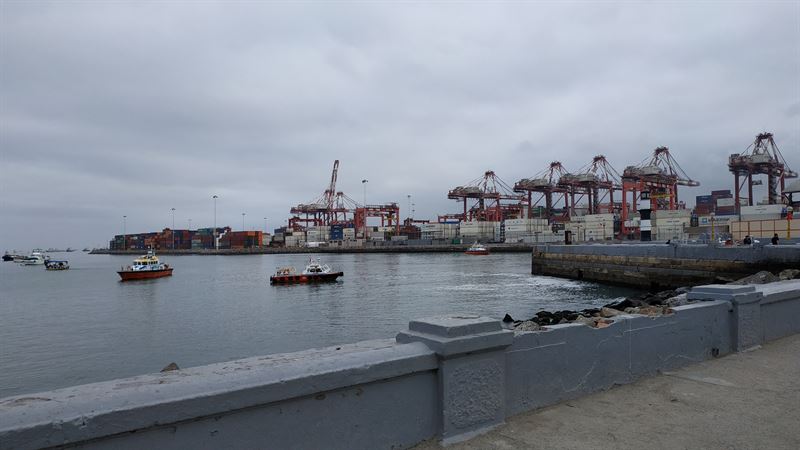The technology group Wärtsilä’s Vessel Traffic Service (VTS) solution will be installed in the port of Callao in Peru, the country’s main harbour and one of Latin America’s most important ports.
Dense fog and haze are a consistent challenge for Callao’s port operations, often making shipping conditions dangerous. The Wärtsilä VTS solution will provide the technology needed to ensure uninterrupted port operations, while increasing safety levels and facilitating arrival, docking and departures for visiting ships. The order with Wärtsilä was placed by Dirección de Contrataciones del Material (DIRCOMAT) of the Peruvian Maritime Authority, in December 2019.
The spectrum of technologies deployed by Wärtsilä includes solid-state IALA Advanced radar, long-range thermal imaging, ultra-precise global positioning for pilotage operations, HF and VHF communication, data analysis, recording, and dispatching.
“Our system will significantly improve the port’s efficiency by integrating high-end Wärtsilä products and technologies, and is a clear example of our ‘Smart Marine’ approach to raising efficiency and safety levels. The VTS will be fully integrated with a Wärtsilä-provided port management information system, and will have smart CCTV tracking,” says Eduardo Rosiello, Senior Sales manager of the Callao VTS project, Wärtsilä Marine.
“Fog and maritime awareness are something we have to deal with a lot and safety is a constant concern, which is why we turned to Wärtsilä. We have worked with them often in the past and their experience in traffic management systems is second-to-none. The Wärtsilä VTS will greatly improve operations in the port of Callao,” says Calm. José Antonio San Martín, Dirección de Contrataciones del Material (DIRCOMAT).
In addition to the comprehensive range of elements making up the VTS solution, an oil spill detection system is also included in the overall scope. Delivery is planned for January 2021.
Wärtsilä’s VTS (Vessel Traffic Service) Solutions, with the support of automated self-learning decision support technologies, make it possible to operate a ship traffic control model similar to that available to the aviation industry. Ship movements can be advised and controlled, even beyond territorial waters, using radar, VHF, HF, weather, electro-optical equipment and sensors.
Wärtsilä VTS extends the safety and efficiency of navigation far beyond the limits of traditional coastal systems. Technological elements are connected through a single central operating system, enabling the data to be available across the whole operational ecosystem.
The Wärtsilä VTS software has extensive functionalities, and the solution is modular, scalable, and accessible for future upgrade developments. Wärtsilä is a market leader in this field with more than 300 Vessel Traffic Management Systems installed in 70 countries around the world.
























